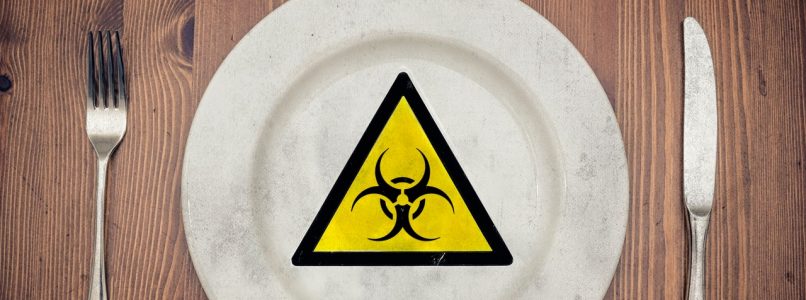Eat an apple a day keep the doctor away. So goes an old adage. But although the apple is one of the most consumed fruits, its potential at the table is often underestimated. One of the advantages that encourages us to eat them is that they can be easily found all year round and have a long shelf life. Yet this fruit, which gives its best when it is in season, therefore between the end of summer and autumn, has surprising properties for health. Confirmation also comes from a recent one revision of multiple studies that have highlighted the properties of its bioactive compounds for the prevention of the most widespread chronic diseases including cardiovascular ones. In fact, this fruit ensures a pool of nutrients that include sugars, fibre, pectin, fats, proteins, organic acids including malic acid, vitamins, minerals and trace elements which not only provide energy, but also participate in many processes of the organism. But let’s go back to the initial question: why eat an apple a day? We asked the dietician Patrizia Gaballo.
Fights aging
On the fruit and vegetable counter you can find different types of apples including Stark, Golden, Smith, Fuji and so on. But regardless of the type you choose, eating an apple a day allows you to first supply yourself with antioxidants. «The pulp of this fruit provides carotenoids, the precursors of vitamin A, vitamin E and vitamin C, useful against aging and important for the body’s defenses against oxidative processes explains dietician Patrizia Gaballo. «By eating this fruit with the whole peel you then get phlorizin, an antioxidant that protects the bones from osteoporosis.
Keeps the intestine in balance
More and more studies highlight the importance of intestinal balance for the general health of the body. «Eating an apple a day contributes significantly to the intake of fibers with a prebiotic action such as pectin which are able to promote the production of short-chain fatty acids, which counteract the onset of the main chronic diseases and protect against overweight and from obesity. The proanthocyanidins and pectin present in the apple in particular interact with the intestinal microbiota, positively modulating its composition.”
Protects heart health
Cardiovascular diseases (CVD), including stroke, atherosclerosis, hypertension, etc., are currently the leading cause of mortality globally. «It has been shown that fruit flavonoids, including those present in apples, are able to lower the risk. Eating an apple a day also helps to counteract oxidative stress, a condition that over time damages the arteries and increases the risk of suffering from cardiovascular disorders” explains dietician Patrizia Gaballo. «This fruit is particularly rich in catechins, polyphenols, quercetin and chlorogenic acid which counteract the formation of plaques. Thanks to its antioxidant activity, this fruit also decreases lipid oxidation and lowers cholesterol.”





